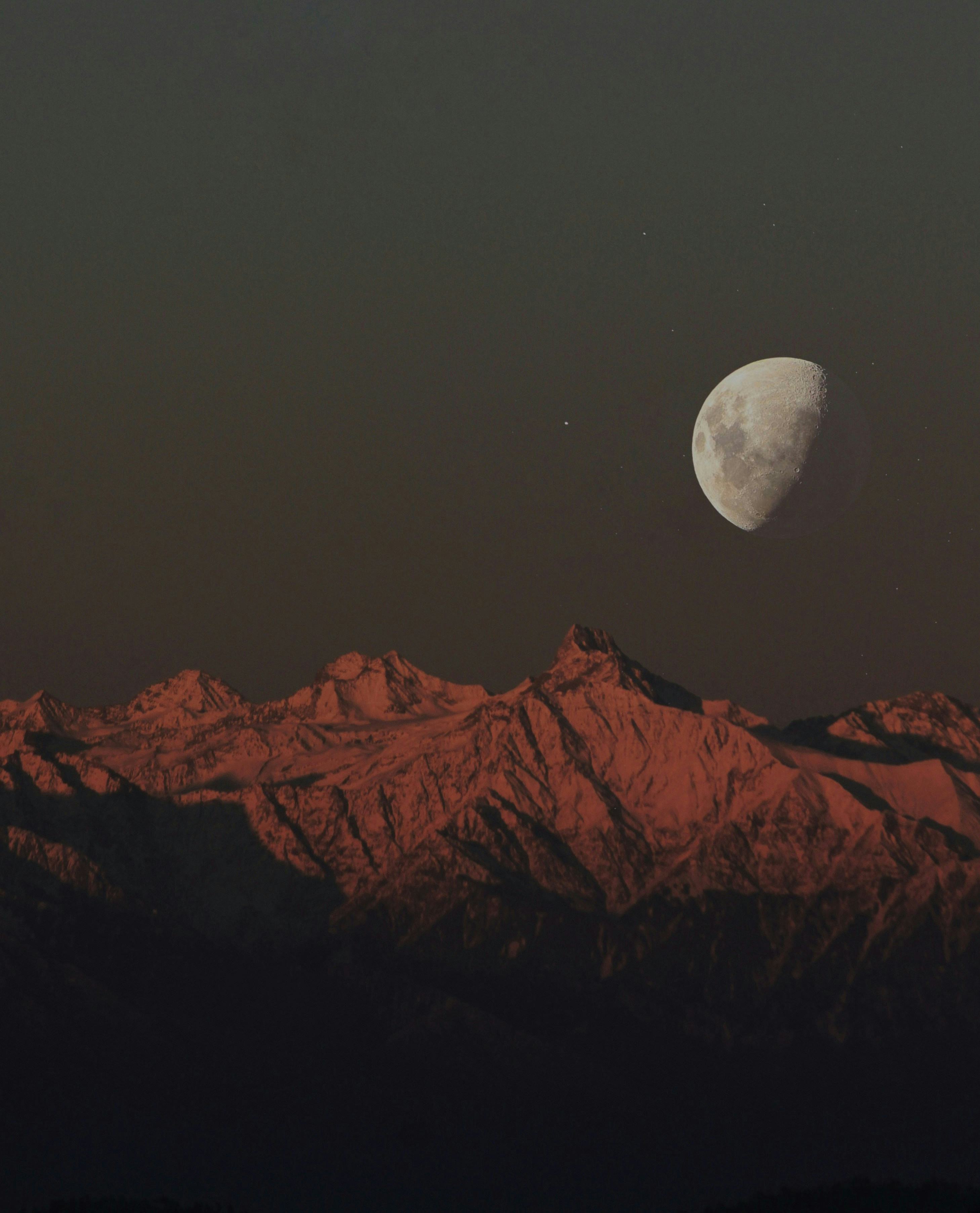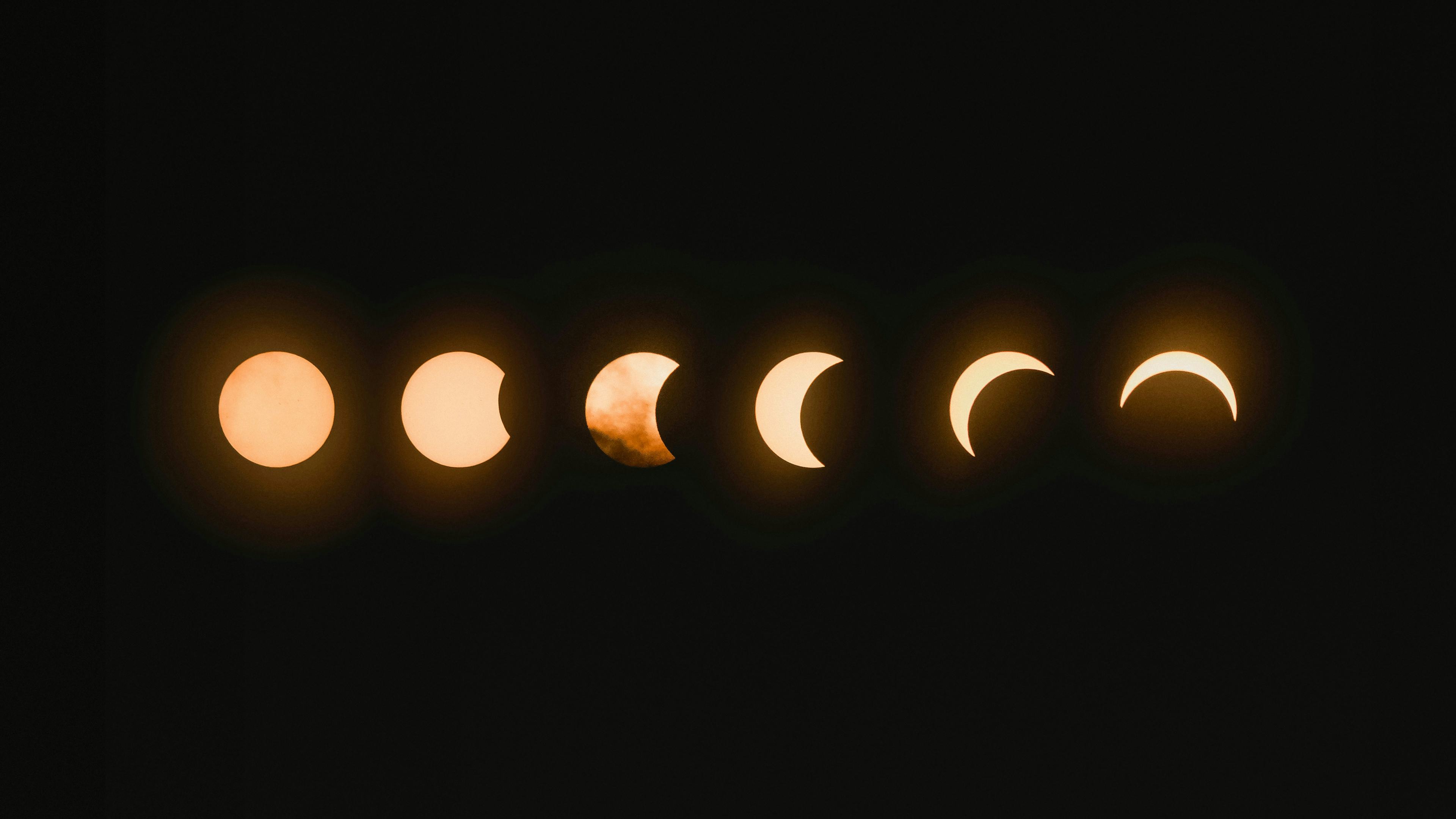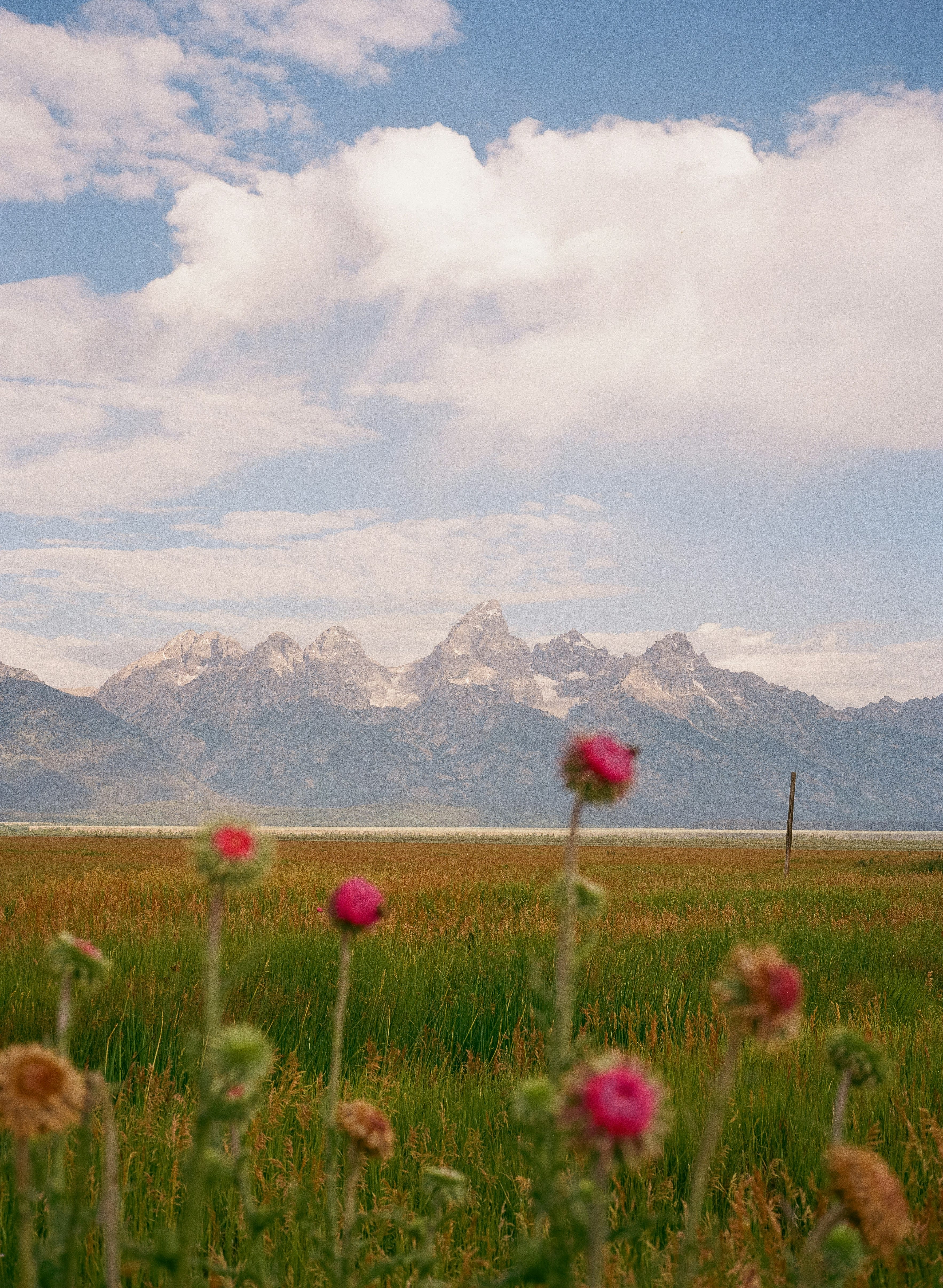A Primer on the Magic of our Moon
Eclipses, origins, types—what you need to know about the Earth's natural satellite.

Sangam Sharma
Origins
Imagine a rock the size of Mars. It has a name: Theia, mother of the moon goddess in Greek mythology. The rock hurtles through space until, one day, about four and a half billion years ago, it slams into proto-Earth. Violence follows, the molten debris ring concentrates in orbit around the planet.
THE MOON IS BORN.
AGE: 4.6 billion years
DIAMETER: 2,158 miles across Roughly New York City to Grand Canyon National Park
MASS: 81.5 Moons would equal Earth's total mass
DISTANCE FROM EARTH: 252,716 miles (Apogee), 221,468 miles (Perigee)
ORBITAL GROWTH: 3.8 centimeters per year. In 50 million years, the Moon’s orbit will double.
SURFACE TEMP: (DAY) 273º F, 134º C, (NIGHT) -254º F, -154º C
ORIBITAL SPEED: 22,887 mph
GRAVITY 16.6% of Earth 150 lbs becomes 25 lbs
LENGTH OF LUNAR DAY: 27.3 Earth days
DARKNESS: Near the lunar poles, there are regions in permanent shadow with temps colder than Pluto
Total Eclipses
Across human history and all geography, peoples have stood in fearful awe when the moon slides over the sun. For a few minutes, day becomes night. Nature reverses. Wars stop. The gods speak. In truth, this total alignment is a celestial miracle, the three bodies being precisely distant (the moon is 400x closer to Earth) and comparably sized(the sun is 400x larger than the moon). Astronomers will tell you that, in the vastness of our Milky Way, this heavenly splendor of mathematical perfection is beyond distinctive, as in once-in-the-galaxy rare.
DEC 14, 2020: Argentina, Chile, Polynesia
DEC 4, 2021: Antarctica
APR 8, 2024: Mexico, United States, Canada
AUG 12, 2026: Arctic, Greenland, Iceland, Spain, Portugal
AUG 2, 2027: Morocco, Spain, Algeria, Libya, Egypt, Saudi Arabia, Somalia
JULY 22, 2028: Australia, New Zealand
NOV 25, 2030: Botswana, South Africa, Australia

Glossary
ARMALCOLITE: Mineral discovered by Apollo 11, coined using letters of astronauts names.
EARTHSHINE: Sunlight reflected by the Earth that illuminates the darkest parts of the moon.
IMPACT CRATERS: Over 300,000 depressions formed by asteroid impact on near side alone.
INTERCALATION: Insertion of days (or months) into calendar to create rhythm between the moon and the seasons.
METONIC CYCLE: The 19 years—or 6,940 days—it takes for the moon to reappear in exactly the same part of the sky.
SYNODIC MONTH: The exact period between successive new moons: 29.531 days.
SYZYGY: Three or more celestial bodies in near-straight line, from Greek “yoked together.”
TRANSIENT LUNAR PHENOMENA: Sudden changes in color luminosity of the moon, perhaps from gas release or impact events.
MOON TYPES
SUPERMOON: New moon at perigee (closest orbit to Earth) appears larger, brighter. At apogee, it’s called a micromoon.
BLUE MOON: The 13th full moon of the year rises every 30 months; if seeking bluish tint, find volcanic ash or forest fire.
HARVEST MOON: Full moon closest to autumnal equinox, historically vital to farmers harvesting crops late into the night.
BLOOD MOON: Refers to moon into total lunar eclipse, fully in Earth’s shadow, holding reddish glow for up to two hours.
WET MOON: Crescent moon whose tips point upwards, also believed to be filled with rainwater in Hawaiian myth.
LONG NIGHT'S MOON: Final full moon of the year, also known as Cold Moon, occurs near winter solstice, hence “long night.”





